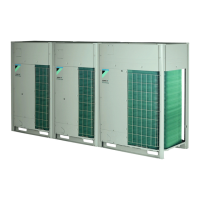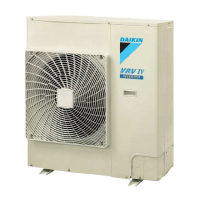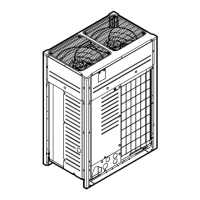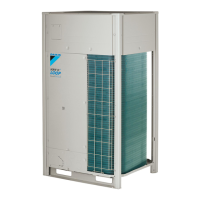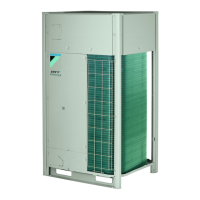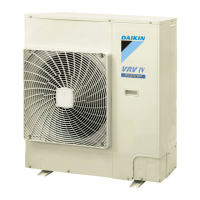Why is my Daikin Heat Pump not cooling or heating enough?
- TTony CraigAug 9, 2025
If your Daikin Heat Pump system operates, but the cooling or heating isn't sufficient, verify that the air inlet or outlet of the outdoor or indoor unit isn't blocked by any obstacles. Ensure that the air filter isn't clogged. Check the temperature and fan speed settings on your user interface. Close any open doors or windows to prevent drafts. Also, consider if there are too many occupants in the room during cooling, excessive heat sources, or direct sunlight entering the room; use curtains or blinds to mitigate sunlight. Finally, check that the airflow angle is properly adjusted.



